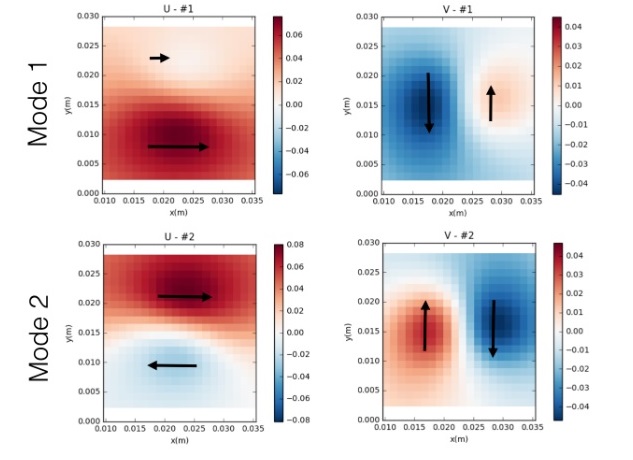Project Lead: Owen Williams, Department of Aeronautics and Astronautics
eScience Liaison: Jake VanderPlas
Turbulent flows dominate many flows of engineering interest, regulating mixing, heat transfer and drag on vehicles. While hard to concisely define, turbulence is noisy, stochastic, and contains eddies of a wide range of scales that combine to create a chaotic set of movements that are difficult to decipher. Relatively recently, however, it has been discovered that turbulent flows can be decomposed into sets of coherent structures that can explain many previous statistical observations. While such structures can be identified by eye this identification can be subjective, and new measurement and simulation techniques now produce such significant quantities of data that manual methods are impractical. New methods of automated detection and analysis of turbulent structure are desperately needed to enable more in-depth statistical analysis. Many other important questions about the nature of coherent structures also still remain to be answered, with the full range of structure geometries, their prevalence and the interactions between them poorly understood.
We aim to develop a new tool for automated detection and analysis of turbulent structures through the application of established machine learning (ML) techniques. Leveraging advances in machine learning for the study of turbulent boundary layer structure will standardize the recognition of turbulent structures and allow for significantly greater yield from the largest and most modern computational and experimental datasets, some of which can require a terabyte of storage just to describe a single snapshot of the flow.


